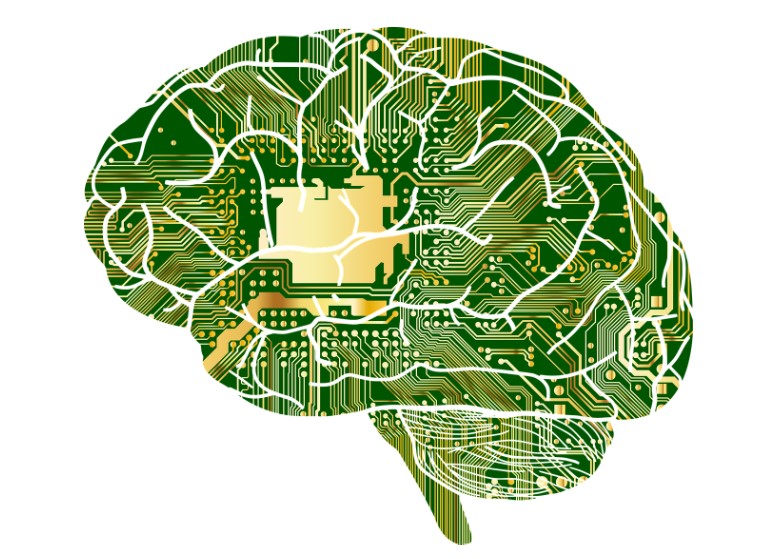Mindful Tech Integration: Unplug to Reconnect
Mindful tech integration emphasizes the power of intentional connection

Like other districts around the world, the pandemic resulted in New York City bridging the digital divide by providing all students with access to technology. However, we know that using technology comes with risks. For example, U.S. Surgeon General Dr. Vivek Murthy issued an urgent and extraordinary public warning that social media poses “a profound risk of harm” to young people.
To help ensure technology is being used in ways that benefit them, students actively co-designed resources to support tech wellness. This student-driven, mindful tech integration is being implemented in classrooms across the city.
Tips for Mindful Tech Integration
Energizing Activities
- Body tapping involves gently tapping or patting different areas of the body with the intention of stimulating energy flow, promoting relaxation, and relieving tension.
- Seated or standing twists are yoga postures that involve rotating the upper body while keeping the lower body stable.
Calming Activities
- Mindful breathing involves paying attention to the breath in a deliberate and non-judgmental way.
- Body scan is a mindfulness practice that involves directing attention to different parts of the body to bring awareness to bodily sensations, release tension, and promote relaxation.
Connection Building
- Contemplate strengths is a practice that encourages reflecting on one's personal strengths, qualities, and positive attributes.
- Meta meditation, also known as loving-kindness meditation, involves generating feelings of goodwill, compassion, and love toward oneself and others.
Discuss Healthy Technology Habits
- Discuss device addiction with students and how to “break up” with their device.
- Discuss emotional connections to tech use and some risks of using a device to self soothe.
Mindful Tech Practice Integration
This work was implemented with educators across New York City. Educators explored research around digital health and their students’ device use habits. Educators worked in partnership with students to design a classroom environment that supported strong digital health practices.
Tools and ideas to transform education. Sign up below.
From Consuming to Creating
One observation made by teachers was that students primarily used their devices for consuming media or playing video games, rather than creating content. To encourage creativity, an elementary teacher initiated a Minecraft club, which not only inspired students but also resulted in their victory in the borough championship. Another elementary teacher established technology stations, such as the STEAM Station, School News, and Virtual Cozy Corner, to provide students with new avenues for using their devices creatively to create videos or solve problems.
Peer Mentorship
The teachers also discovered that students themselves had concerns about their device use and the device use of their peers. To address these concerns, students took the initiative to create podcasts. In one elementary classroom, students created a podcast focused on teaching their classmates about taking care of their eyes in a high-tech world. In another elementary class, students created a podcast discussing AI and its applications in the classroom, as well as their concerns about its use.
Optimizing Time On/Off Devices
Educators found that while students were aware of the negative effects of excessive screen time, they struggled to identify alternative activities to engage in when they were off their devices. In a District 75 special education classroom, students organized a hobby fair to generate interest among their peers in off-device activities. In a middle school classroom, a teacher integrated mindfulness practices and brain breaks to help students optimize their time on and off devices. Additionally, a high school teacher established shared norms about device use and guided students on how to make productive use of their time away from screens.
Overall, this professional learning series fostered mindful tech integration driven by student voice. Educators collaborated with students to design a classroom environment that supported healthy device use habits, encouraged creativity, addressed concerns, and provided support for optimizing time both on and off devices. By involving students in these processes, educators empowered them to become active participants in their digital lives and develop a balanced relationship with technology.
Gina Tesoriero is an Ed Tech Implementation Coach for New York City Depart of Education as well as a mindfulness and resilience coach. She also was a special education - STEM teacher for a decade.
